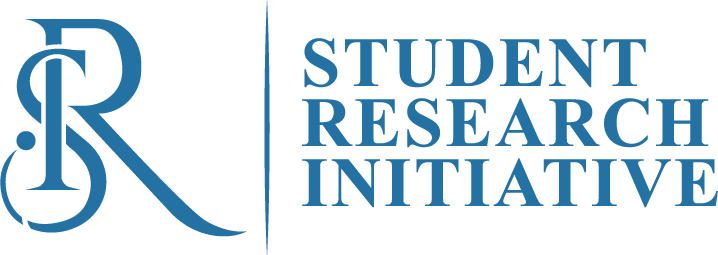Data Collection Techniques
Data Collection Techniques: Gathering Information for Insightful Research
Data collection is a critical step in the research process. It involves systematically gathering information to answer research questions, test hypotheses, and evaluate outcomes. Effective data collection ensures the reliability and validity of the research findings. This guide will explore various data collection techniques, their applications, and best practices to help you collect high-quality data for your research projects.
Surveys and Questionnaires
Surveys and questionnaires are popular methods for collecting data from a large group of people. They involve asking participants a series of questions to gather information on their opinions, behaviors, or characteristics.
- Applications: Surveys are widely used in social sciences, market research, and health studies.
- Advantages: They can reach a large audience, are cost-effective, and can be administered online, via mail, or in person.
- Best Practices:
- Design clear and concise questions.
- Use a mix of closed-ended (e.g., multiple-choice) and open-ended questions.
- Ensure anonymity and confidentiality to encourage honest responses.
Interviews
Interviews involve direct, face-to-face, phone, or video interactions between the researcher and the participant. They can be structured (with predetermined questions), semi-structured (with a mix of fixed and flexible questions), or unstructured (more conversational).
- Applications: Interviews are useful in qualitative research to gain in-depth insights into participants’ experiences, attitudes, and perceptions.
- Advantages: They allow for detailed data collection and the ability to clarify and probe responses.
- Best Practices:
- Develop an interview guide with key questions and topics.
- Build rapport with participants to encourage openness.
- Record interviews (with consent) for accurate data transcription and analysis.
Observational Studies
- Applications: Common in anthropology, sociology, and psychology to study social interactions, behaviors, and environments.
- Advantages: Provides real-time data and reduces response biases.
- Best Practices:
- Use clear and consistent criteria for observations.
- Minimize observer influence to maintain natural behavior.
- Keep detailed field notes and use recording devices if appropriate.
Experimental Methods
Experimental methods involve manipulating one or more variables to observe their effect on other variables. This technique is characterized by the control and random assignment of participants to different conditions or treatments.
- Applications: Widely used in psychology, medicine, and natural sciences to establish cause-and-effect relationships.
- Advantages: High control over variables and the ability to replicate studies.
- Best Practices:
- Develop a clear hypothesis and experimental design.
- Randomly assign participants to control and experimental groups.
- Ensure ethical standards are met, including informed consent and debriefing.
Secondary Data Analysis
Secondary data analysis involves using existing data collected by others, such as government reports, academic studies, and organizational records. This method leverages pre-existing datasets to answer new research questions.
- Applications: Useful in economics, social sciences, and public health to analyze trends, patterns, and correlations.
- Advantages: Cost-effective and time-saving as data collection is already completed.
- Best Practices:
- Evaluate the quality and relevance of the secondary data.
- Ensure proper citation and adherence to data usage policies.
- Consider any limitations or biases in the original data collection.
Mixed-Methods Approach
Mixed-methods combine quantitative and qualitative data collection techniques to provide a comprehensive understanding of the research problem. This approach integrates numerical data with detailed contextual information.
- Applications: Effective in education, health research, and program evaluation where complex phenomena require both statistical and narrative insights.
- Advantages: Balances the strengths and weaknesses of both quantitative and qualitative methods.
- Best Practices:
- Clearly define the purpose and design of the mixed-methods study.
- Ensure coherent integration of quantitative and qualitative data.
- Use appropriate software tools for data management and analysis.
Conclusion
Selecting the right data collection technique is crucial for the success of your research project. Each method has its unique strengths and is suited to different types of research questions and contexts. By understanding and applying these techniques, you can gather high-quality data that leads to insightful and reliable research findings. Remember, the key to effective data collection lies in meticulous planning, ethical considerations, and a clear alignment with your research objectives.
